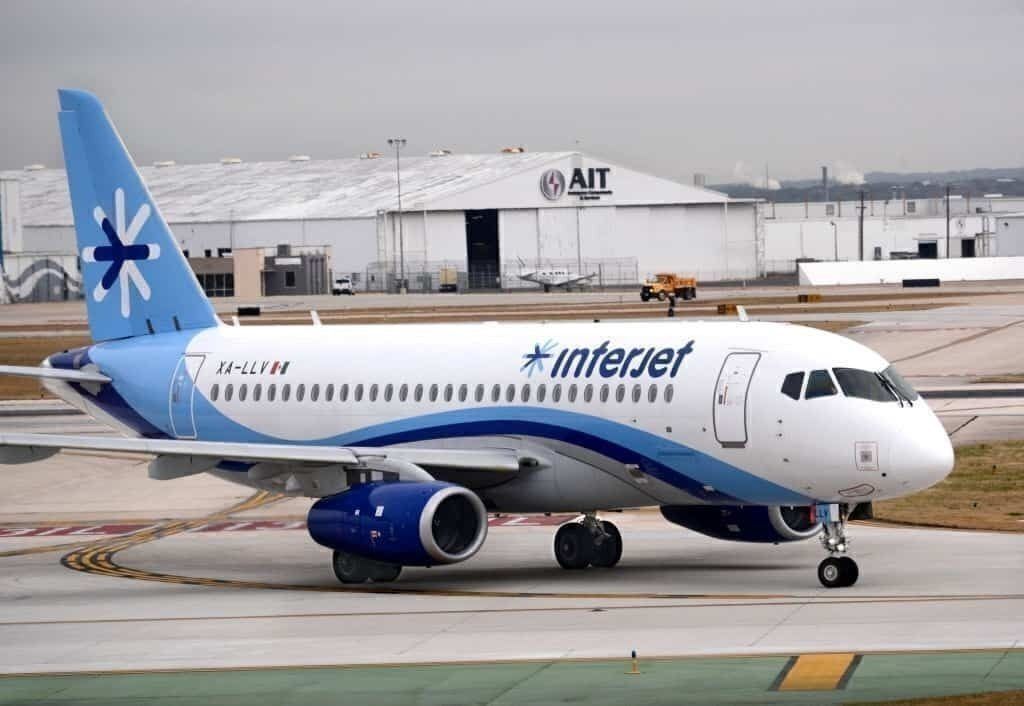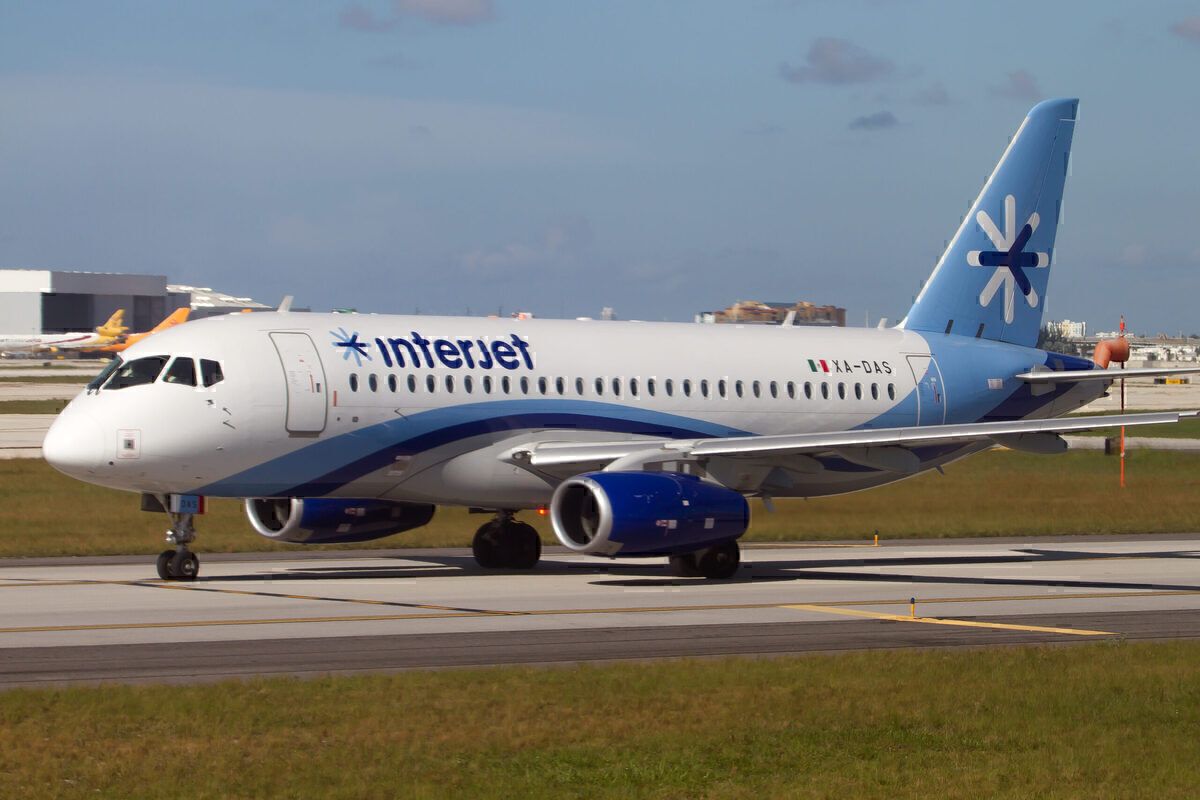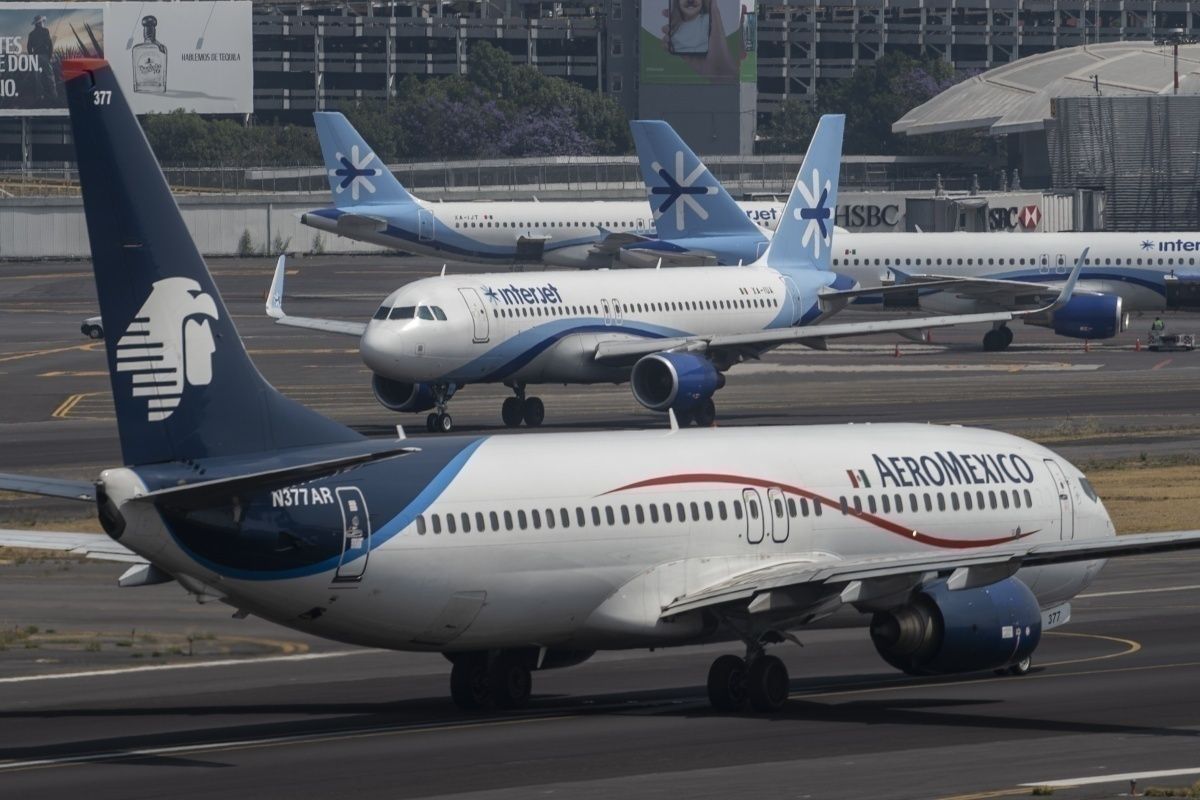The ceased Mexican airline Interjet is close to having a business plan that could lead to a comeback in 2022, according to local media reports. Nevertheless, there’s a long way to go before the carrier can even begin to think about flying again. Let’s investigate further.
What’s the status of Interjet?
The Mexican carrier Interjet ceased operations in December 2020, following several years in economic disarray. There were many causes to its problems, including the decision to acquire a Sukhoi Superjet fleet. Interjet was the third most important carrier in Mexico and had the second-most extensive international map route after Aeromexico when it stopped flying.
Despite the success of the brand, in economic terms, Interjet was in severe trouble. According to the airline itself, it has around US$1.25 billion in debt with several parties, like its former employees, the Mexican tax authority, suppliers, lessors, and more.
Additionally, the airline is facing a bankruptcy process in Mexico that is yet to start formally. In the meantime, the airline and Argoss Partners, an advisory firm, have worked on a business plan to make Interjet fly again.
According to Bloomberg, there’s already a plan that calls for debt forgiveness of over 90%. It also has partial payment to workers, preliminary agreements for new aircraft leases, and a new management team. The objective is not to let die Interjet and resume operations in 2022.
Nevertheless, the road ahead is trickier than it looks.
Stay informed: Sign up for our daily and weekly aviation news digests.
Former Interjet owner looked by Interpol
Earlier this month, the International Criminal Police Organization (Interpol) published a capture order for one of Interjet’s former owners, Miguel Alemán Magnani.
Mr. Magnani is a Mexican businessman that helped to launch Interjet in 2005. Nevertheless, he now faces criminal charges for tax evasion of approximately US$3.2 million. Last year he sold most of his stake at Interjet, and now he is just a minority stakeholder. Magnani exited Mexico earlier this year.
In the meantime, Interjet also faces many challenges. As stated before, it has around US$1.25 billion in debt, and a bankruptcy process in Mexico is not as beneficial for the company as a Chapter 11 in the US. Throughout Mexican airlines bankruptcies history, none has exited successfully.
There’s also the problem of the brand. The Interjet name is now tarnished due to a year of flight cancellations, unuseful vouchers, lack of payment, and more.
What can happen going forward?
Interjet doesn’t have an easy path forward. The airline has lost all momentum it could gain during its 15-year history. It no longer has the public trust and has lost every single route and slot it had.
Moreover, while Interjet has been grounded, other airlines have acted and gained market share. The Mexican low-cost carriers Volaris and Viva Aerobus have already resumed their pre-pandemic traffic levels and have even grown.
Interjet used to be a key player on the international market, connecting with several US cities and some countries in Central and South America, for example, Colombia. Since it stopped flying, not one but three airlines have launched new routes between Mexico and Colombia.
If Interjet wants to fly again, many things have to happen. Among them, the airline’s management has to get to an agreement with the Mexican authorities regarding its tax debt, with its former employees regarding payments, and with suppliers regarding late payments.
What do you think will happen with Interjet? Do you think it will ever fly again? Let us know in the comments.



